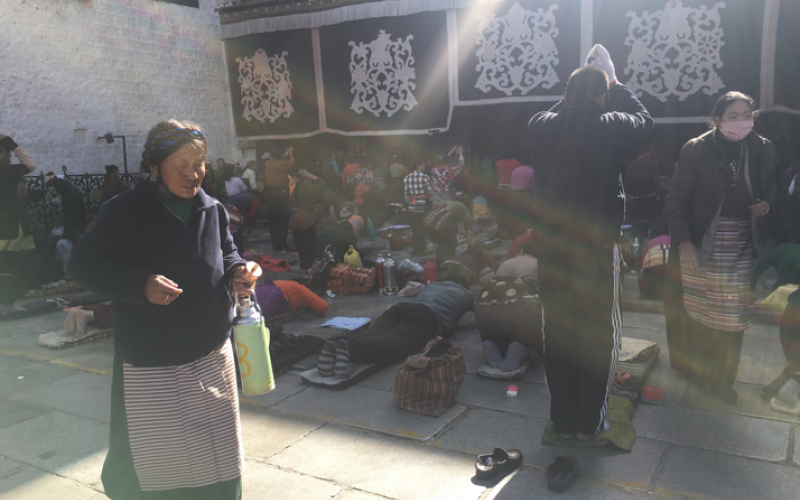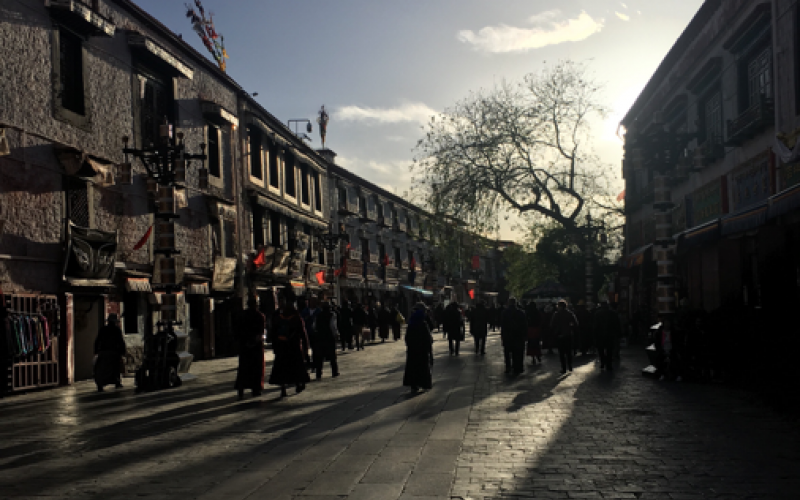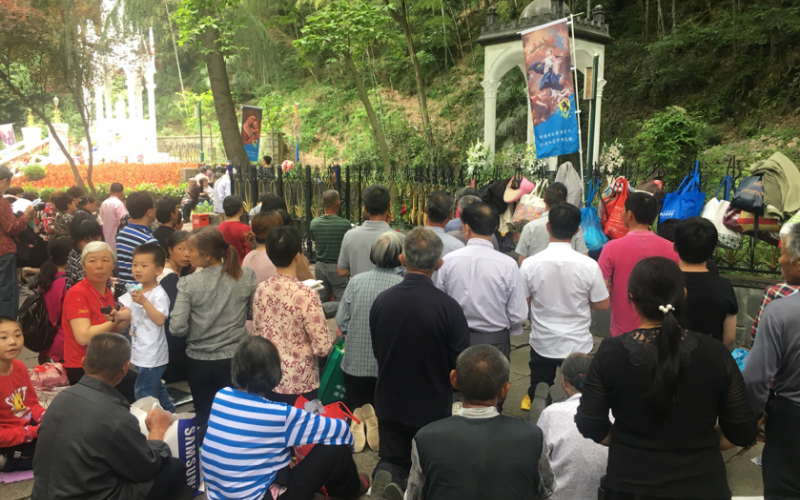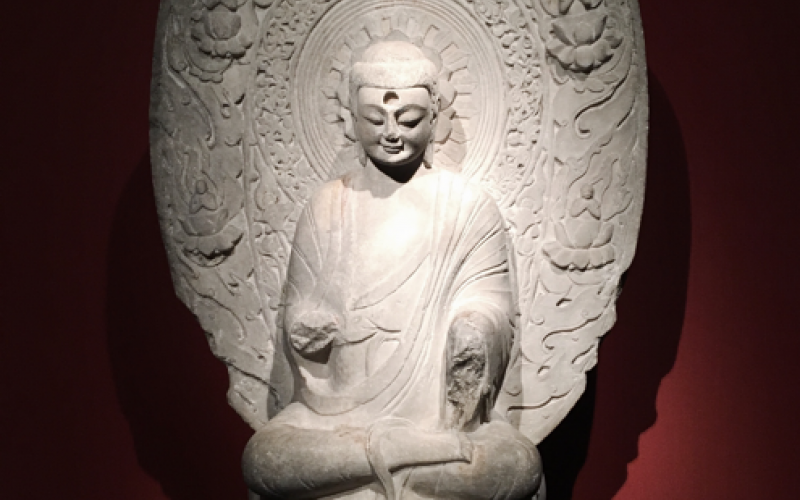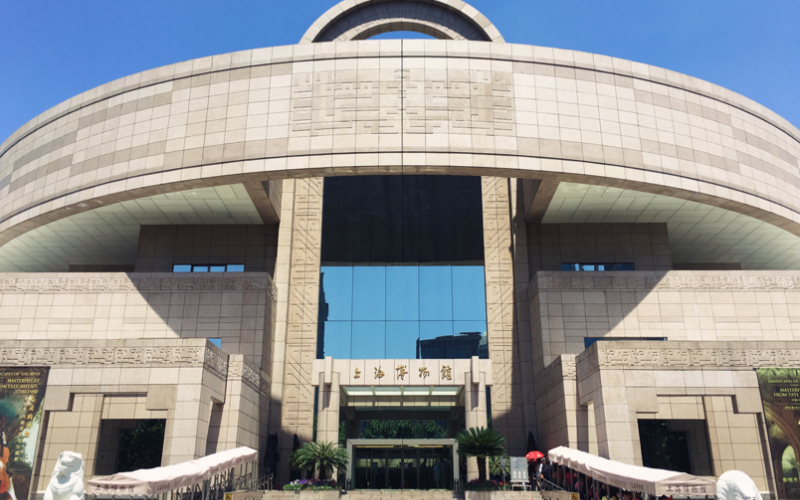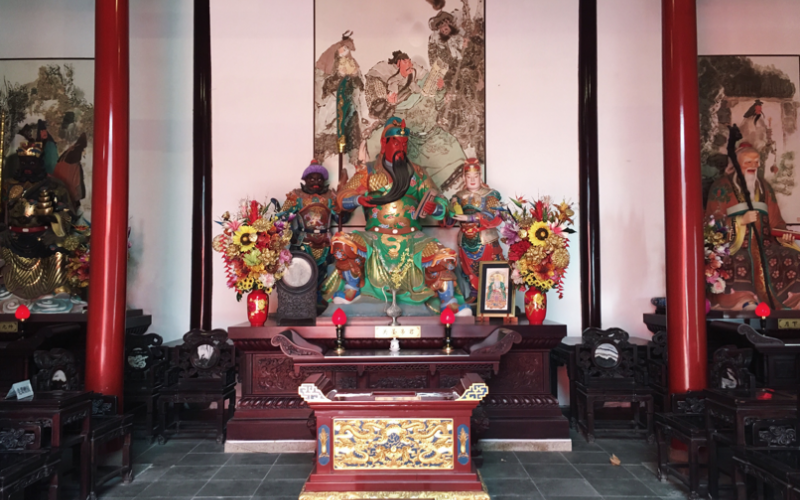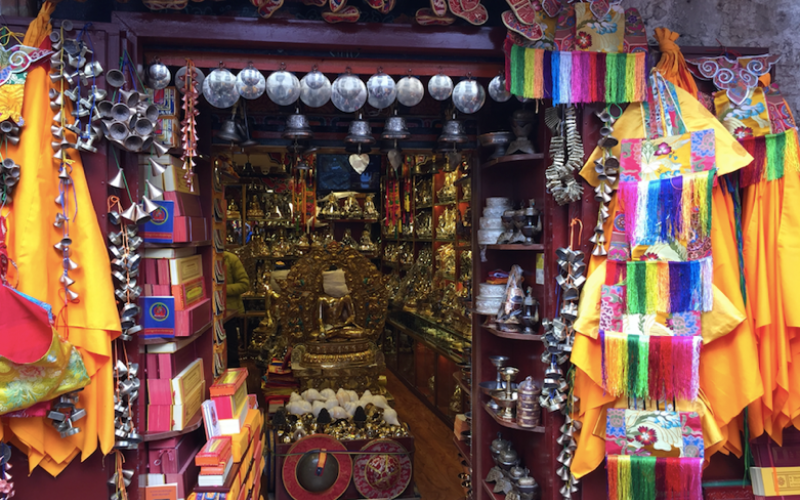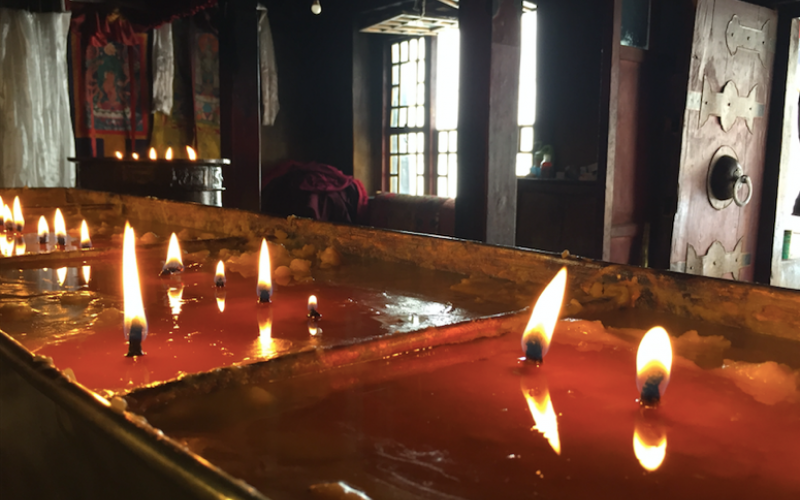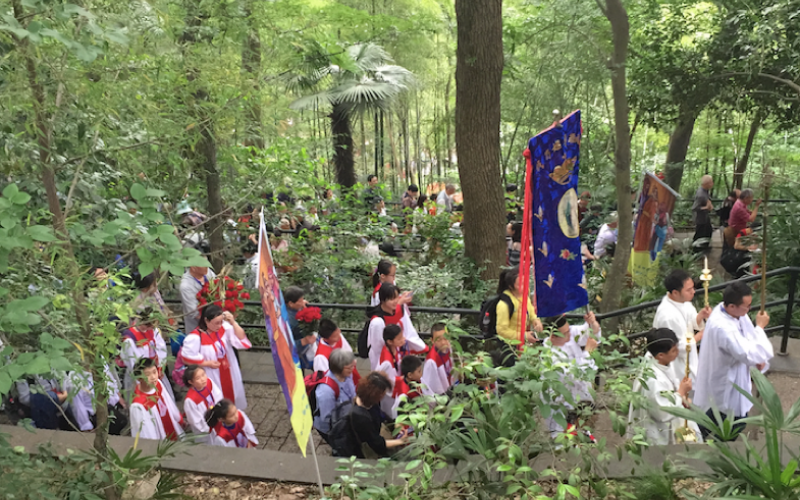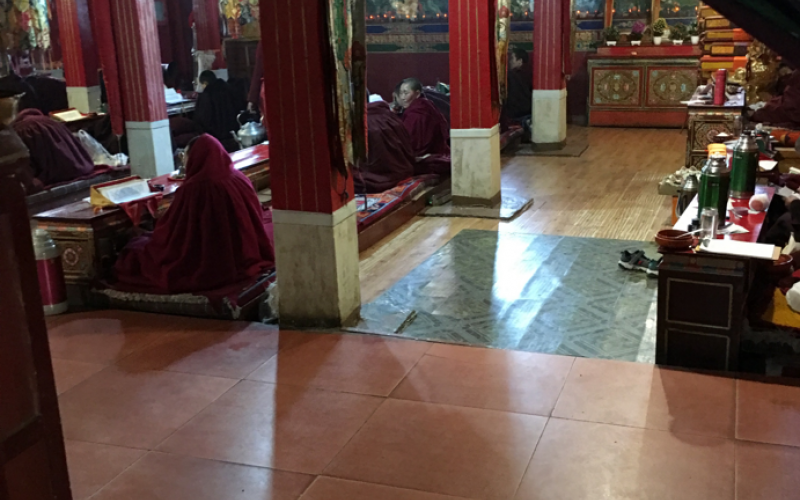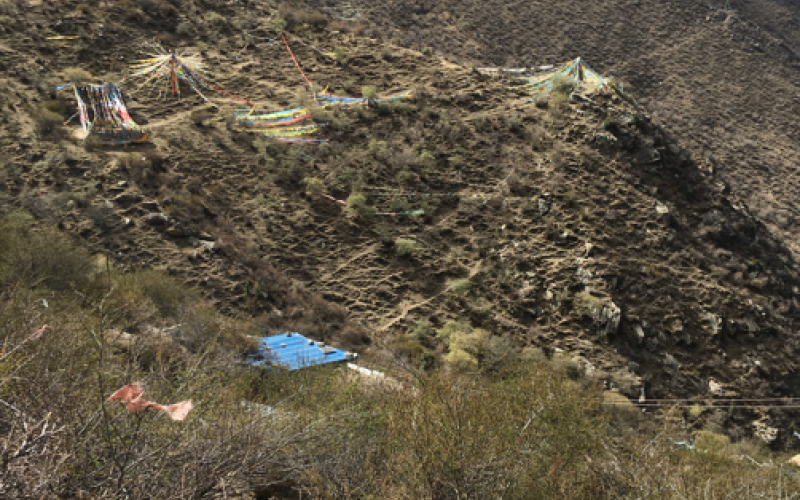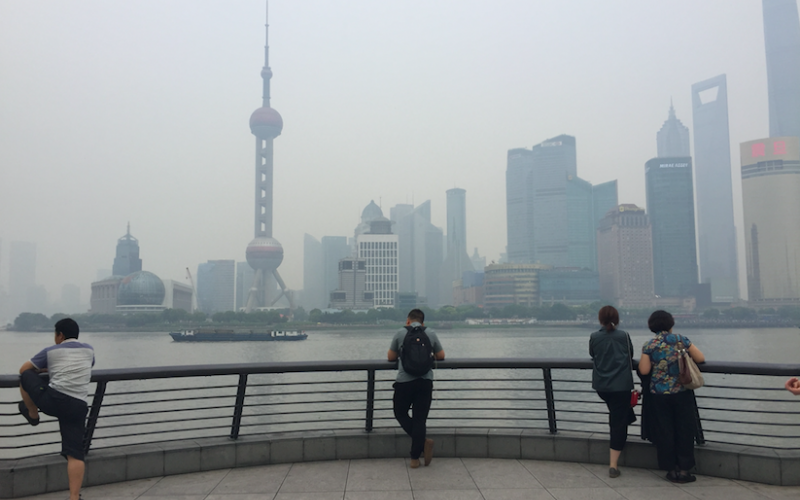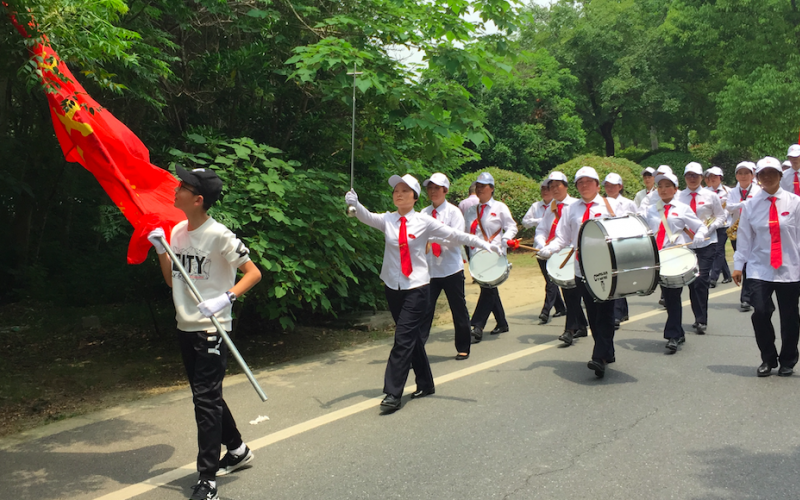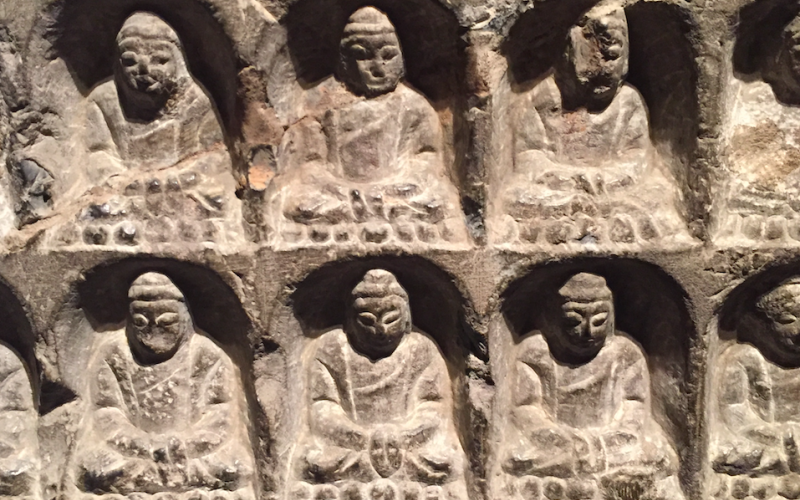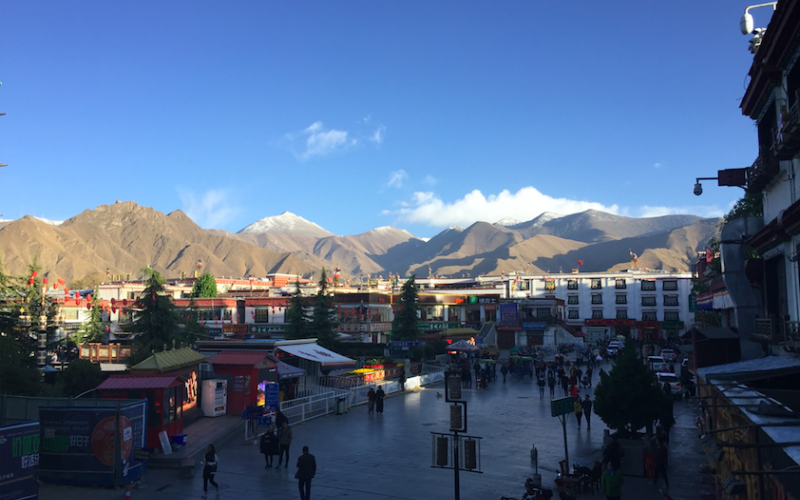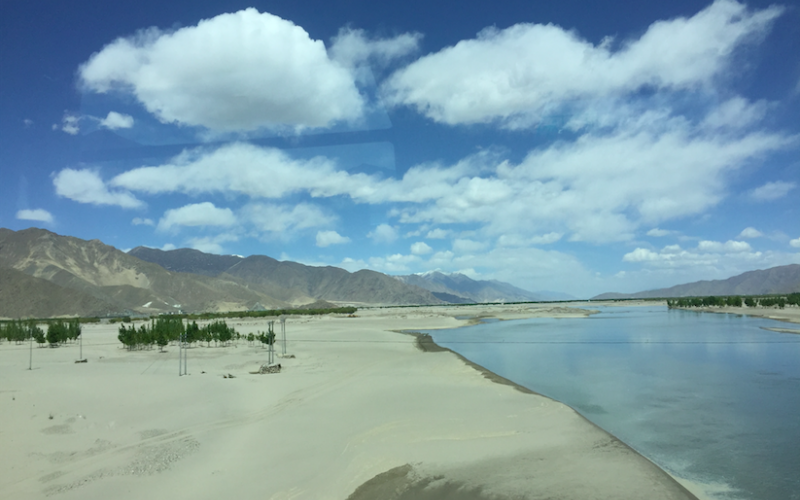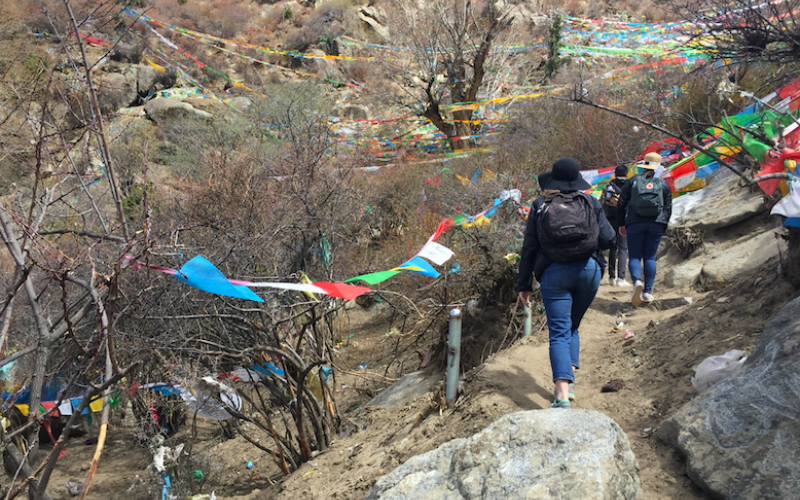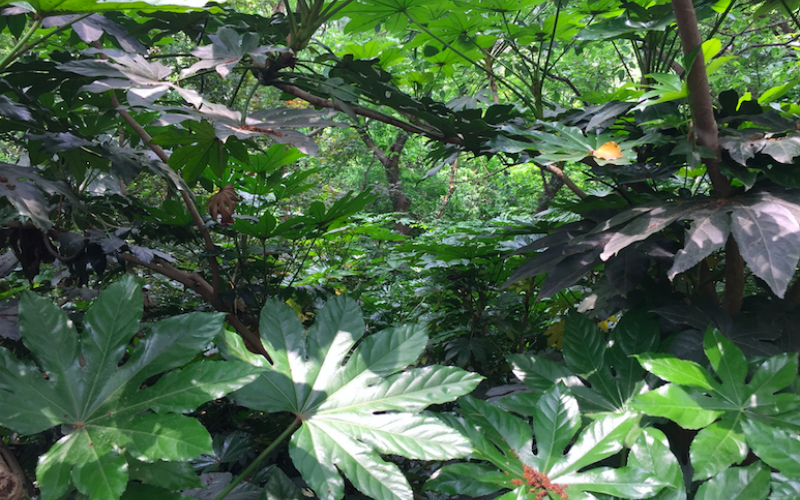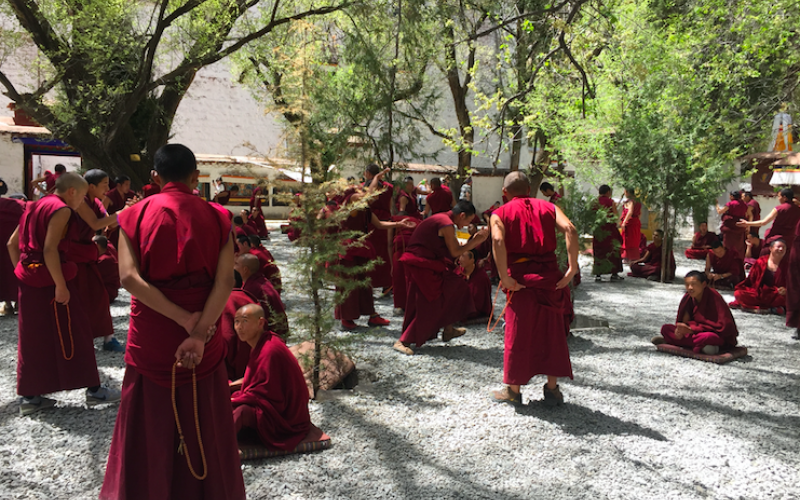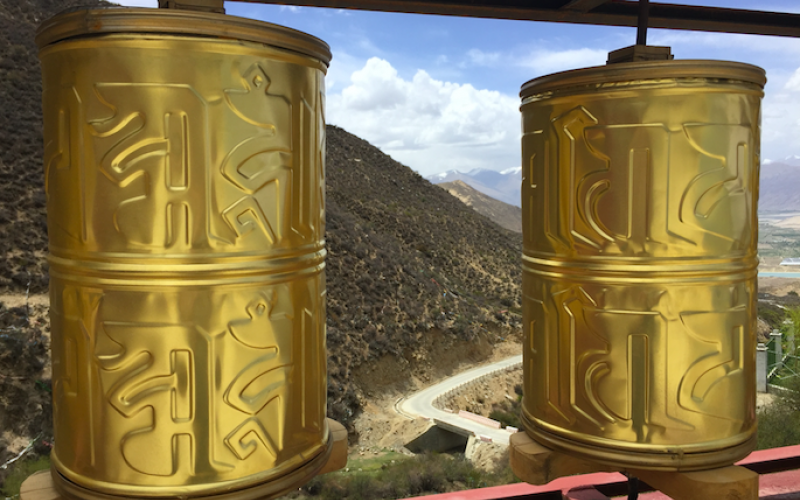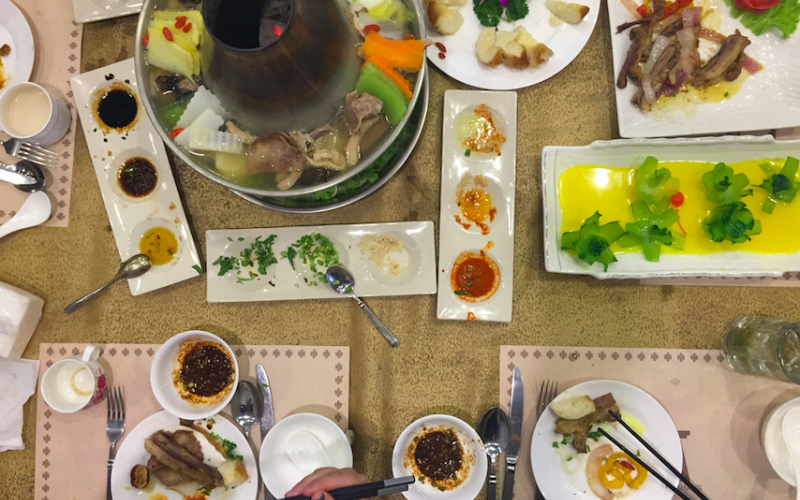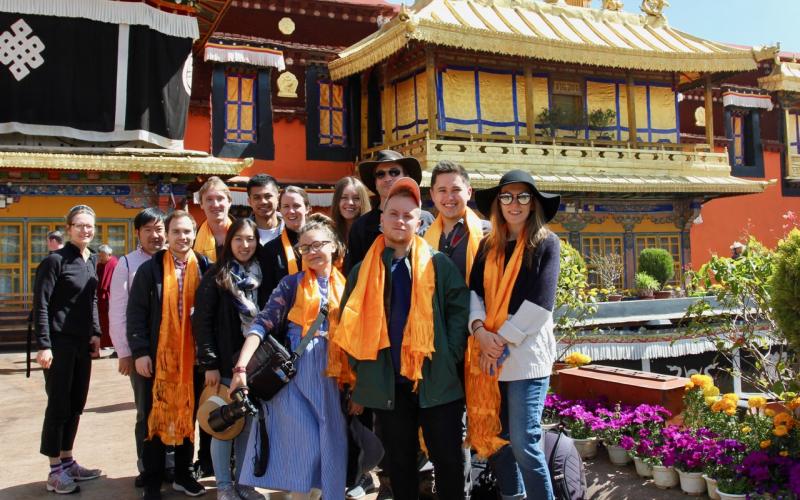Mary Beth Mills-Curran
Master of Divinity Candidate, Yale Divinity School, Berkeley Episcopal Seminary
The hike up to the Chimpu in the mountains north of Samye Monastery, a two-hour drive from Lhasa, might have been an ordinary one if it didn’t begin above 13,000 feet. Nestled into the side of the mountain, Chimpu comprises a network of retreat centers for solitary meditation and practice. It is centered around the meditation cave of Guru Rinpoche,the founder of Tibet’s first monastery at Samye in the eighth century.
After two days of seeing the highly regulated religious sites like the Jokhang and the Potala Palace, it was a change to visit Chimpu and the tiny nunnery at the base of the mountain. As we hiked up to the spot where Guru Rinpoche is said to have meditated I could climb for no more than five minutes before having to stop and wait for my heartbeat to return to normal. The thin air of the high-elevation made walking up a hill feel like sprint. Passing a number of elderly Buddhist nuns, who climbed the mountain with apparent ease, it was humbling to recognize the ways my body was not adapted to that environment. I was completely out of breath when we paused to collect our group near our final push: the circumambulation of the holy site. We sat in the shade by a group of younger men who seemed like pilgrims to the site. They seemed to be preparing for the ritual circumambulation as well. They greeted us warmly and departed as we were still resting.
The Guru’s cave was just past a small outcropping of rocks, and as we made the final walk around it, we saw the young men a bit ahead of us, having bypassed the site itself. They were speaking to a group of nuns, dressed in their maroon and marigold robes. I didn’t immediately recognize what was happening, but another member of our group explained: “They must actually be police, since they are asking them for the identification and registration papers.” It was a starting realization that, even in this remote place, religious communities were under the close observation of the government.
Seeing the elderly nuns under that kind of scrutiny was uncomfortable, and it made me reflect on the history of religious practice in China over the past hundred years. What had the people here at Samye seen? What kind of dedication did it take to keep these practices alive during periods like the Cultural Revolution? As I prepare for ministry myself, hoping to be ordained a priest in the Episcopal Church, it caused me to reflect on my own dedication to my call. How would I respond faced with challenges or opposition by my government? What kind of incredible women must they be?
Sometime later, as we returned to the base of the mountain, we were greeted by the sound of chanting coming from the main nunnery. Sixty nuns had gathered together to practice on the first day of the Tibetan holy month, Saga Dawa. Two large horns, each more than ten feet long, blared. A number of smaller horns and drums also sounded, and the nuns chanted together. It was the first time we had seen a community actually able to practice together in an organized way since arriving in Tibet.
Witnessing the living practice of this group, I saw something familiar—a group of people whose lives were made extraordinary not because of some magical strength they possessed as individuals, but because those lives were organized around community and prayer.

